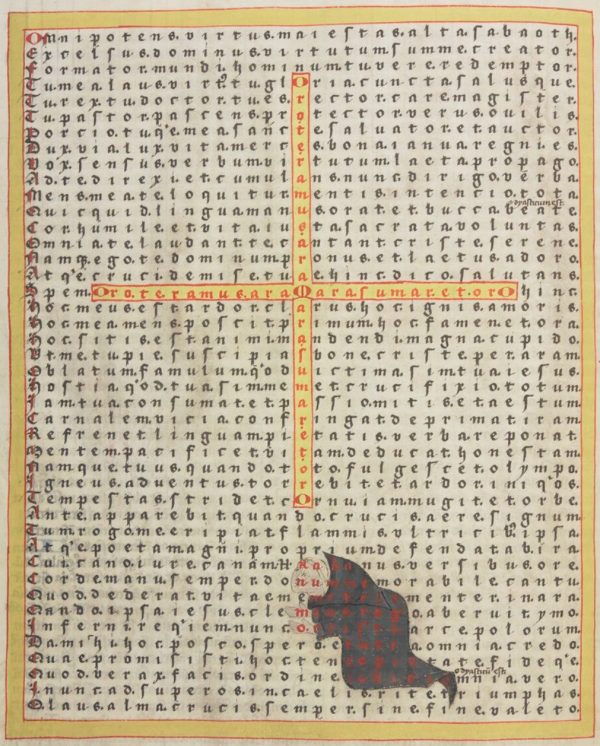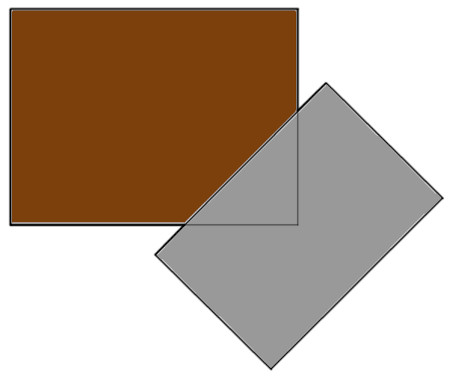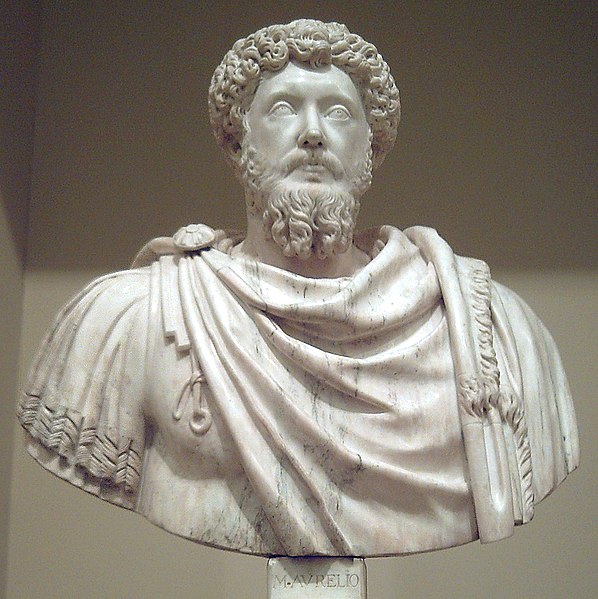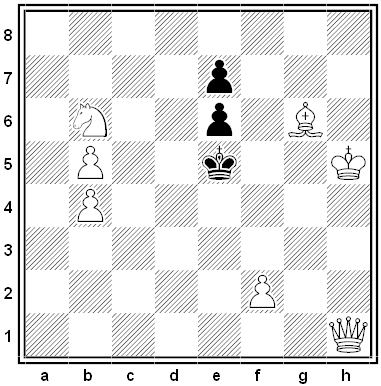Clairvoyance
When Raymond Smullyan was teaching probability at Princeton, he told one class about the birthday paradox — the fact that if there are 23 people in a room, the chances are greater than 50 percent that at least two of them share a birthday. There were only 19 students in the classroom, so he said that the chance that two of them shared a birthday was quite small.
One boy said, “I’ll bet you a quarter that two of us here have the same birthday.”
Smullyan thought about that for a moment and said, “Oh, of course! You know the birthday of someone else here as well as your own!”
The boy said, “No, I give you my word that I don’t know the birthday of anyone here other than my own. Nevertheless I’ll bet you that there are two of us here who have the same birthday.”
Smullyan took the bet and lost. Why?
Stone-Faced
Shozo Hayama spent 50 years collecting jinmenseki, rocks that resemble human faces, before founding the Chinsekikan (“hall of curious rocks”) in Chichibu, Japan, two hours northwest of Tokyo.
Inside are 900 such rocks, from Elvis and Jesus to E.T. and Nemo from Finding Nemo. The only requirement is that the effects occur naturally, without human artifice.
Hayama passed away in 2010, but his daughter keeps the museum running today.
(Thanks, Randy.)
Double Duty

In 840 the Frankish Benedictine monk Rabanus Maurus composed 28 poems in which each line comprises the same number of letters. That’s impressive enough, but he also added painted images behind each poem that identify subsets of its letters that can be read on their own.
The final poem of the volume shows Rabanus Maurus himself kneeling in prayer at the foot of a cross whose text forms a palindrome: OROTE RAMUS ARAM ARA SUMAR ET ORO (I, Ramus, pray to you at the altar so that at the altar I may be taken up, I also pray). This text appears on both arms of the cross, so it can be read in any of four directions.
The form of the monk’s own body defines a second message: “Rabanum memet clemens rogo Christe tuere o pie judicio” (Christ, o pious and merciful in your judgment, keep me, Rabanus, I pray, safe).
And the letters in both of these painted sections also participate in the larger poem that fills the body of the page.
(From Laurence de Looze, The Letter and the Cosmos, 2016.)
Skyfall

Iowa State University mathematician Alexander Abian was a quiet man with a bold idea: He believed that blowing up the moon would solve most of humanity’s problems. In thousands of posts on Usenet, he maintained that destroying the moon would eliminate Earth’s wobble, canceling the seasons and associated calamities such as hurricanes and snowstorms.
“You make a big hole by deep drilling, and you put there atomic explosive,” he explained in 1991. “And you detonate it — by remote control from Earth.”
“I was questioned about it,” wrote English astronomer Patrick Moore in Fireside Astronomy (1993). “I pointed out, gently, that even if the Moon were removed it would not alter the tilt of the Earth’s axis in the way that the professor seems to believe. Moreover, the energy needed to destroy the Moon would certainly destroy the Earth as well, even if we had the faintest idea of how to do it. The British Meteorological Office commented that a moonless Earth would be ‘bleak and tideless’, and a spokesman for the British Association for the Advancement of Science, struggling nobly to keep a straight face, asked what would happen if the experiment went wrong. Predictably, Professor Abian was unrepentant. ‘People don’t seem prepared to sacrifice the Moon for a better climate. It is inevitable that the genius of man will one day accept my ideas.'”
For better or worse, he maintained this position until his death in 1999. “I am raising the petulant finger of defiance to the solar organization for the first time in 5 billion years,” he said. “Those critics who say ‘Dismiss Abian’s ideas’ are very close to those who dismissed Galileo.”
Unquote
“I have always been of the opinion that unpopularity earned by doing what is right is not unpopularity at all but glory.” — Cicero
For the Record

In 2011, Monash University mathematician Burkard Polster set out to answer a practical question: How precariously can you place a laptop computer on a crowded bedside table so that it will take up minimal space without falling off?
Assuming that both the table and the laptop are rectangular, and that the laptop’s center of gravity is its midpoint, it turns out that the optimal placement occurs when the laptop’s midpoint coincides with one of the table’s corners and the footprint is an isosceles right triangle, as above.
This also assumes that the table is reasonably sized. But then, if it’s tiny, then balancing a laptop on it probably isn’t your biggest problem.
(Burkard Polster, “Mathematical Laptops and Bedside Tables,” Mathematical Intelligencer 33:2 [July 2011], 33-35.)
Stoicisms

Meditations of Marcus Aurelius:
- “I am constantly amazed by how easily we love ourselves above all others, yet we put more stock in the opinions of others than in our own estimation of self. … How much credence we give to the opinions our peers have of us and how little to our very own!”
- “Drama, combat, terror, numbness, and subservience — every day these things wipe out your sacred principles, whenever your mind entertains them uncritically or lets them slip in.”
- “A cucumber is bitter. Throw it away. There are briars in the road. Turn aside from them. This is enough. Do not add, ‘And why were such things made in the world?'”
- “Do not then consider life a thing of any value. For look at the immensity of time behind thee, and to the time which is before thee, another boundless space. In this infinity then what is the difference between him who lives three days and him who lives three generations?”
- “I, who have never wilfully pained another, have no business to pain myself.”
- “He who fears death either fears to lose all sensation or fears new sensations. In reality, you will either feel nothing at all, and therefore nothing evil, or else, if you can feel any new sensations, you will be a new creature, and so will not have ceased to have life.”
- “First get at the nature and quality of the original cause, separate it from the material to which it has given shape, and study it; then determine the possible duration of its effects.”
- “Take it that you have died today, and your life’s story is ended; and henceforward regard what further time may be given you as an uncovenanted surplus, and live it out in harmony with nature.”
- “To pursue the unattainable is insanity, yet the thoughtless can never refrain from doing so.”
“The woes you have had to bear are numberless because you were not content to let Reason, your guide and master, do its natural work. Come now, no more of this!”
In a Word
scrutator
n. a person who investigates
ambagical
adj. obscure
butyraceous
adj. of the nature of, resembling, or containing butter
delibation
n. a slight knowledge of something
In “The Adventure of the Six Napoleons,” Sherlock Holmes makes an enigmatic allusion: “You will remember, Watson, how the dreadful business of the Abernetty family was first brought to my notice by the depth which the parsley had sunk into the butter upon a hot day.”
He says nothing more. In The New Annotated Sherlock Holmes, Leslie Klinger writes, “Numerous pastiches and analyses of the ‘Abernetty business’ have been written and are surveyed in detail in William Hyder’s ‘Parsley and Butter: The Abernetty Business.’ Hyder concludes, without foundation, that no less than murder was involved. Is it not equally likely that a business — perhaps an inn or tavern — run by the Abernetty family was ‘dreadful’ (that is, kept in poor sanitation), and that that condition was first brought to Holmes’ notice by the butter having been left out on a hot day? The connection between this observation and the ensuing investigation remains undetermined. A number of scholars consider whether and how fast parsley will sink into butter. Not surprisingly, they do not agree.”
Respects

Cruising the Mediterranean in 1962, the American aircraft carrier USS Independence came upon a full-rigged sailing ship with a striped hull, a teak deck, and an ornamented bow and stern.
With a light signal the carrier asked, “Who are you?”
The ship answered, “Training ship Amerigo Vespucci, Italian navy.”
The Independence replied, “You are the most beautiful ship in the world.”

